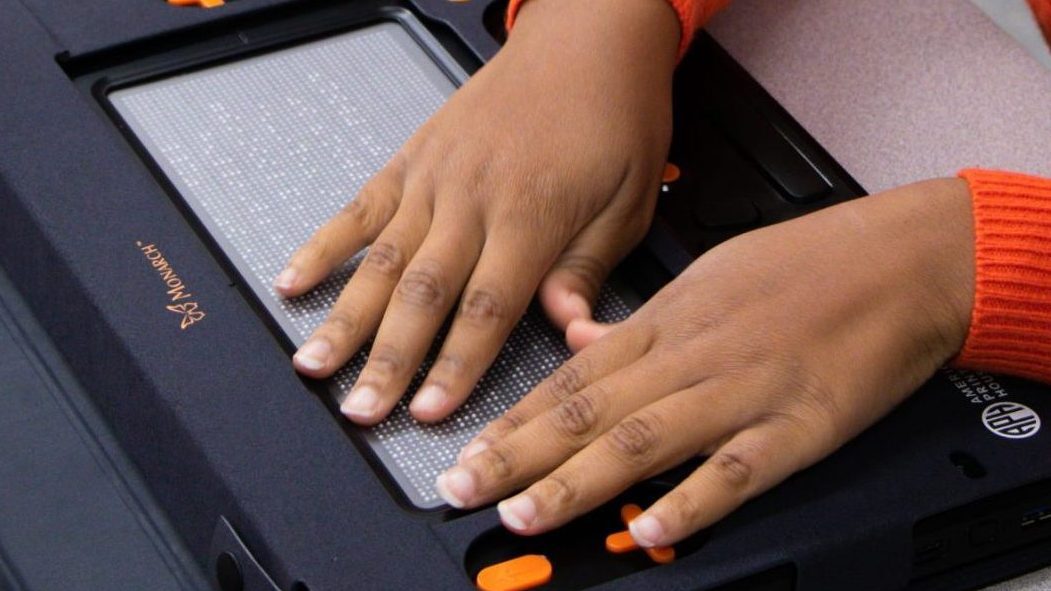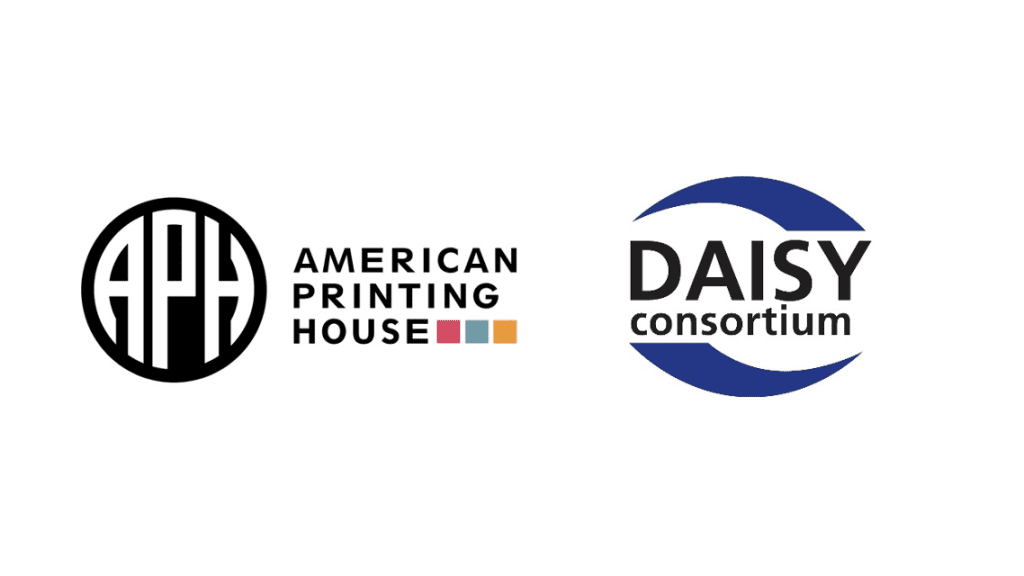The eBRF Revolution

As you may have heard, we are working on two game-changing projects that, together, will alter the way we access braille and tactile graphics. We’ve talked a lot about our Dynamic Tactile Device (DTD), the Monarch, a multiline device that can display both braille and tactile graphics. The impact we expect the Monarch to make will transform the way teachers and students engage with materials in the classroom. But this feat can’t be accomplished with hardware alone- we need a new, sophisticated file type that will meet the needs of readers in a way previously unimagined. Braille is literacy, and the more intuitive and available it is, the stronger our community will be.
The eBRF
This new file format will support braille literacy and education by making it faster than ever before to put braille into the hands of students. By building on existing technical specifications, a more robust braille format will allow students to interact with braille and integrated digital graphics on multiline braille displays for the first time. The new file format will also make sharing braille between countries much easier than in the past, expanding the amount of content available in braille.
The eBRF is a new file type being developed by experts from over 17 different countries who represent every facet of our field, from braille users, libraries, and printing houses to software and hardware developers and transcribers. This file type will add new features to digital braille so that it is reflowable, easier to navigate, and includes digital tactile graphics integrated with text, for display on multiline refreshable braille devices.
Students will be able to move around within digital tactile graphics and zoom in and out in a way that has never been possible in the past, greatly increasing the versatility of tactile graphics in support of education. The new format will also allow students to fully navigate their digital textbooks in a way that is not currently possible with existing digital braille books, bringing ebook features and functionality to braille readers such as jumping from chapter to chapter or to a specific page and easily accessing footnotes.
The DAISY Consortium
Making the eBRF dream a reality involves the support and engagement of an international group of stakeholders, including those who participate in the DAISY Consortium.
In early November, the eBRF specification made an important step forward at a meeting of DAISY’s international board in Milan, Italy, when the DAISY Consortium officially endorsed the development of the eBRF and took the specification under its purview. As Nicole Gaines, APH’s representative on the board, noted, “This new spec has the potential to revolutionize access to braille and increase braille literacy–not just in the U.S. but around the world. It was wonderful to see the DAISY board officially endorse this important work and take the spec under its wing.”
While the eBRF is especially important for students to benefit from new multiline braille devices, the goal is for the file format to be easy to create, easy to open, and meet the needs of braille-reading students, whether they are using embossed braille, a single-line braille display, or a multiline braille device.
2023 and Beyond
We believe that this new format will bring a huge leap forward in the timely delivery of instructional materials, leveling the playing field for braille reading students and moving braille literacy into the 21st century. Interested in following the eBRF project? Sign up to receive updates by inputting your email address, making sure “Subscribe” is selected in the dropdown menu, and then selecting “Next.” You should receive an email asking you to confirm your email address.
Share this article.
Related articles

APH Partners with DAISY Consortium on New Digital Braille Standard
We’re pleased to announce our partnership with the DAISY Consortium to develop a brand-new, electronic braille standard! This development is...
